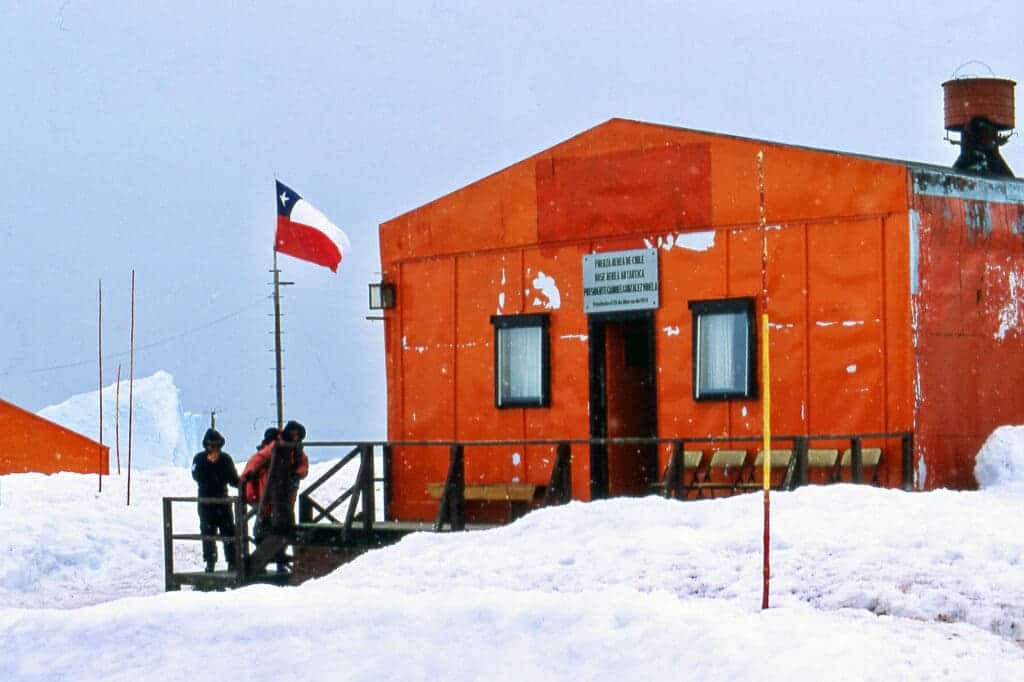From tourism to research activities, humans are leaving a mark in Antarctica – and not a very good one. A new study found that black carbon pollution from human activities in Antarctica is likely increasing snowmelt by about 83 tons per visitor. The remote continent is already one of the places in the world most affected by man-made global warming, experiencing almost 3ºC (5.4 Fahrenheit) of warming in the past 50 years, much higher than the global average of 0.9ºC (1.6 Fahrenheit).

Every summer, tourists and scientists flock to Antarctica by boat and plane. What used to be a very remote continent is now becoming much more accessible. There are more than 70 research stations housing thousands of researchers. During the 2019-2020 season, the number of tourists reached 74,000, with most of them traveling by ship.
As you can imagine, this is leaving a physical mark with lasting consequences. While trash and human waste are flown or shipped off the continent for disposal, some forms of waste are not too easily removed. Every activity in Antarctica uses fuel. As we burn it, human activities release microscopic particles of what’s known as black carbon.
Black carbon is mostly produced during combustion in engines, wildfires, coal burning, and residential wood burning. While it stays in the atmosphere for a limited period of time, it can be transported regionally or intercontinentally. As a result, it has been found in snow samples in the Arctic, North America, the Andes, and Antarctica.
In a new study, researchers sampled the snow yearly between 2016 and 2020 at 28 sites in Antarctica – going from the Ellsworth Mountains to the continent’s northern tip. They focused on the Antarctic peninsula, as that’s where half of the research facilities are currently located and also where over 95% of the tourist trips are made.
“The black carbon footprint of local activities in Antarctica has likely increased as human presence in the continent has surged. Vessels, airplanes, diesel power plants, generators, helicopters, and trucks are all local black carbon-rich sources that affect snow several kilometers downwind,” the researchers wrote in the journal Nature.
Black carbon and snowmelt
In their study, the researcher analyzed the quantity and type of light-absorbing particles in snow samples. These were passed through filters and analyzed for their optical properties so to identify the type of particulates. There are many types of impurities that absorb light in Antarctic snow but in very minuscule quantities.
All samples obtained near human housing had black carbon levels above the usual Antarctic levels – a sign of human emissions. High levels of black carbon influence how the snow absorbs light, known as albedo. Snow with a lower albedo melts faster. The black carbon content in the snow samples could then be used to estimate if snowmelt increased due to human activity.
Human-produced black carbon could be causing surface snow to melt by up to 23 millimeters every summer. When looking at tourism specifically, the study found that every visitor between 2016 and 2020 was melting 83 tons of snow due to emissions from cruise ships. Scientific activities are also contributing their fair share due to the use of equipment and vehicles.
Mechanisms to mitigate black carbon impacts are needed, the researchers argued. They called for global agencies to limit tourism while pushing for a faster transition to clean fuel and hybrid or electric ships. Simultaneously, the size and footprint of research facilities should be addressed by adopting renewable energy power plants and energy efficiency standards.
The study was published in the journal Nature.






